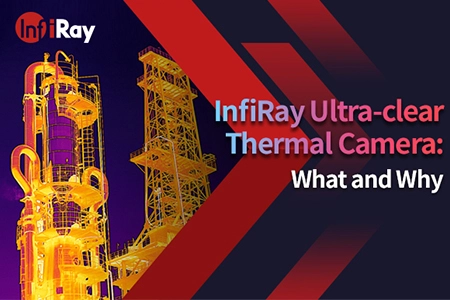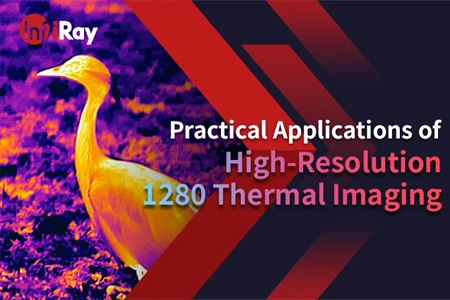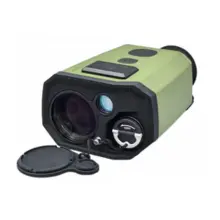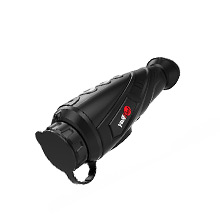A Step-by-Step Guide to Choose the Right Thermal Camera
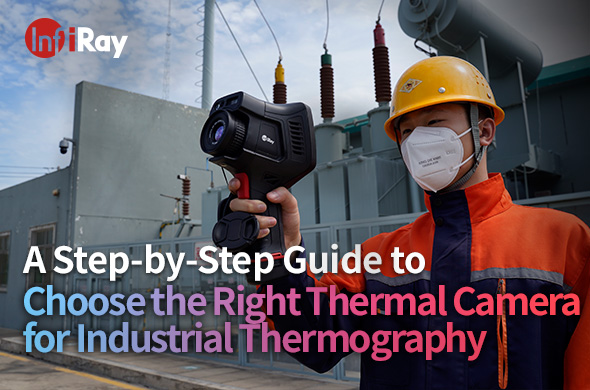
Introduction:
Thermal imaging cameras have become indispensable tools in various industries, enabling night vision capabilities and aiding in industrial thermography applications. This guide aims to assist you in selecting the perfect thermal camera that aligns with your specific needs and requirements.
I. Importance of Thermal Cameras in Various Industries:
Explore the significance of thermal imaging cameras in diverse fields, including security, outdoor night vision, firefighting, automotive, and more. Understand how thermal imaging cameras excel in detecting heat signatures and providing valuable insights beyond what the naked eye can perceive.
II. Assessing Your Needs:
Define the purpose of your thermal camera usage. Determine whether it's for security, industrial thermography, night vision, or any other application. Identify the specific environmental conditions and operating requirements you anticipate.
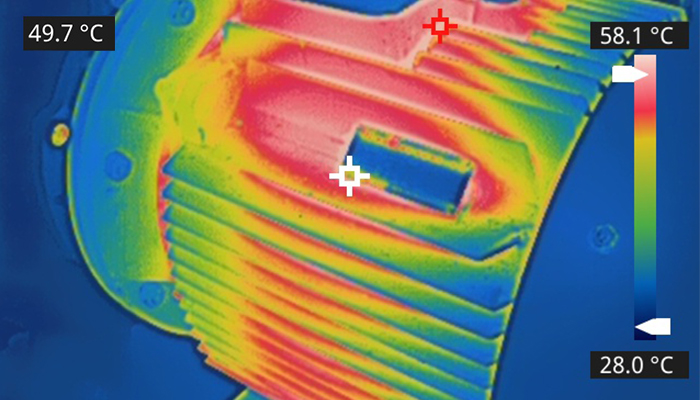
InfiRay thermal camera can give clear thermal images and accurate temperature data for industrial thermography
III. Analyzing Key Specifications:
Consider essential features like thermal sensitivity and temperature range to ensure your thermal imaging camera can detect subtle temperature variations accurately. Check frame rate and refresh rate for real-time monitoring. Explore the field of view (FOV) and lens options based on your application's coverage requirements. Assess image and video storage capabilities for data retention.
IV. Considering Additional Features:
Investigate image processing and enhancement techniques for clearer visuals. Discover integration possibilities with drones, robotics, or other systems for enhanced functionality. Evaluate connectivity options like USB, Ethernet, or wireless to facilitate data transfer. Explore thermal cameras with built-in analytics and measurement tools for added convenience.
V. Budgeting and Cost Considerations:
Evaluate the initial investment required for purchasing a thermal camera and weigh it against the long-term maintenance costs. Calculate the cost-benefit ratio to ensure the camera aligns with your financial expectations. Consider the option of refurbished or used thermal imaging cameras to balance quality and budget.
VI. Researching Brands and Models:
Explore reputable thermal imaging camera manufacturers known for their quality and reliability. Read customer reviews and testimonials to gain insights into real-world user experiences. Compare different models within your preferred brand to find the one that best suits your needs. See InfiRay Thermal Cameras for industrial thermography.
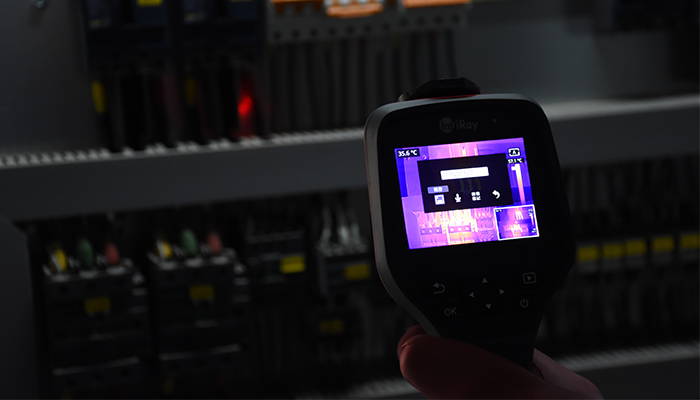
VII. Seeking Expert Advice:
Consult with industry experts and professionals to gain valuable advice on selecting the right thermal camera for your specific application. Seek recommendations from peers and colleagues who have experience with thermal imaging cameras. Contact manufacturers directly for additional technical information. For the applications such as night vision and industrial thermography, you must see the reviews of thermal cameras with real-shot thermal images and videos.
VIII. Hands-On Testing and Evaluation:
Participate in product demos and exhibitions to witness thermal cameras in action. Consider renting or borrowing a thermal camera for real-world testing in your intended environment. Compare the actual performance of different models against their specified capabilities.
IX. Making the Final Decision:
Carefully weigh the pros and cons of each thermal imaging camera option based on your assessments, research, and testing. Select the thermal camera that best aligns with your needs and budget. Consider the availability of long-term support and warranty options to safeguard your investment.
X. Conclusion:
Summarize the key points highlighted throughout the guide. Emphasize the significance of making an informed decision when choosing a thermal camera for night vision and industrial thermography applications. Encourage readers to share their experiences and insights in the comments section, fostering a community of knowledge exchange. With the right thermal imaging camera in hand, you can enhance safety, efficiency, and productivity across various industries.

 français
français  Deutsch
Deutsch  Español
Español  italiano
italiano  русский
русский  português
português  العربية
العربية  日本語
日本語  한국어
한국어  magyar
magyar 






